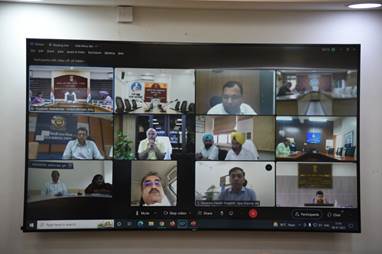The pervasive spread of Chronic Wasting Disease (CWD), often referred to as “zombie deer” disease, in the American wildlife population has raised apprehensions about the potential transmission to humans, although there’s currently no definitive way to identify such cases, warns a scientist.
CWD, a fatal neurological ailment affecting deer, elk, and moose, is caused by abnormal prions, infectious agents causing severe degeneration and loss of bodily functions in affected animals. This disease has proliferated across at least 26 states in the US, posing significant concerns due to its highly contagious nature and the lack of a known cure.
Dr. Michael Osterholm, the director of the Centre for Infectious Disease Research and Policy at the University of Minnesota, expressed alarm at the possibility of ongoing human transmissions, emphasizing the elusive nature of early detection, citing the decade-long span to identify human transmissions of the mad cow disease.
Dr. Cory Anderson, also from the University of Minnesota, highlighted the gravity of CWD, underscoring its incurability and the challenge in eradicating it from both infected animals and the contaminated environment.
While the disease can theoretically transmit to humans, the US Center for Disease Control (CDC) has not reported any confirmed human cases to date.
Dr. Anderson stressed that the absence of identified “spillover” cases does not negate the possibility, comparing CWD to the mad cow disease outbreak that unexpectedly affected humans. He emphasized the need for preparedness despite no imminent certainty of transmission.
Unlike mad cow disease, CWD is more present in muscle tissue, heightening concerns about its prevalence in meat. Osterholm cautioned that conventional cooking methods might not eliminate the prions from contaminated meat.
Health officials recommended precautionary measures, advising the public to avoid contact with potentially infected animals and abstain from consuming contaminated meat to mitigate potential health risks associated with CWD.











